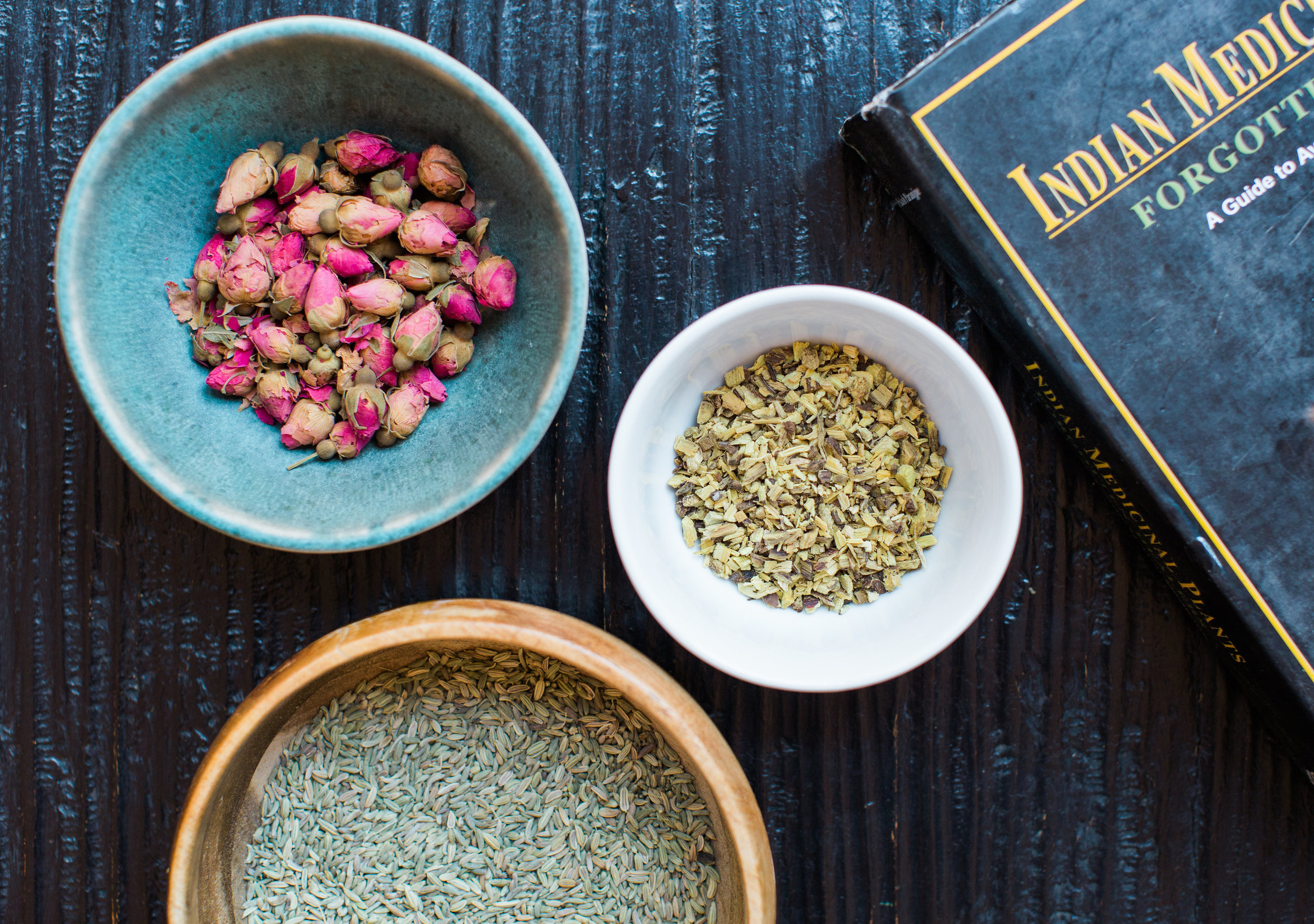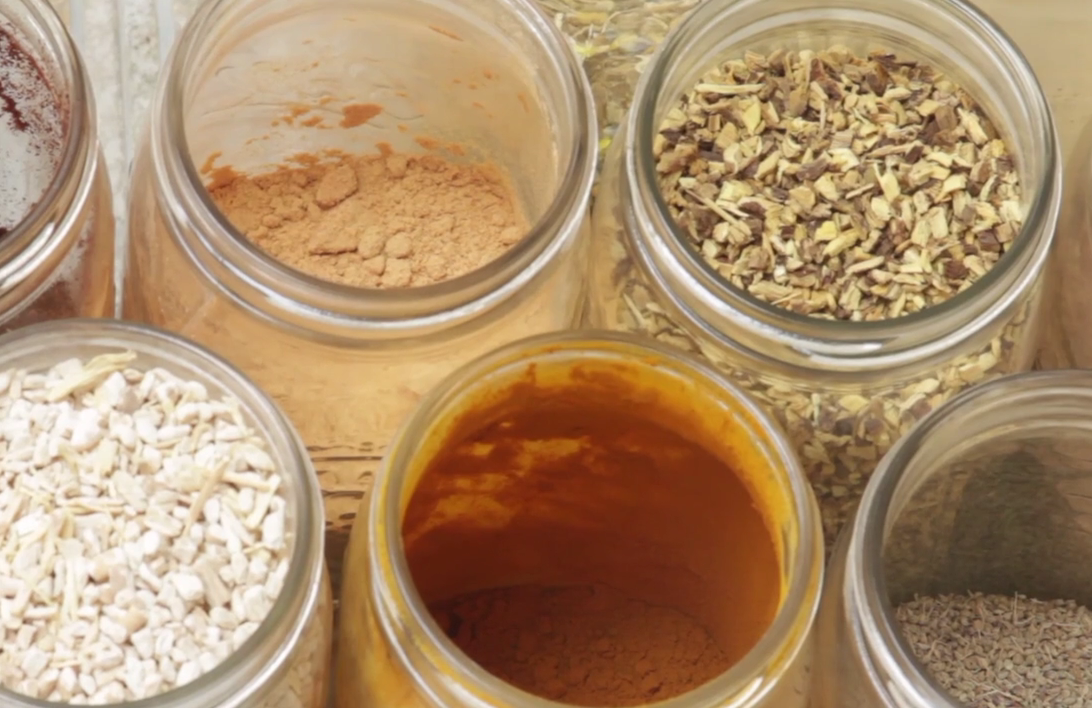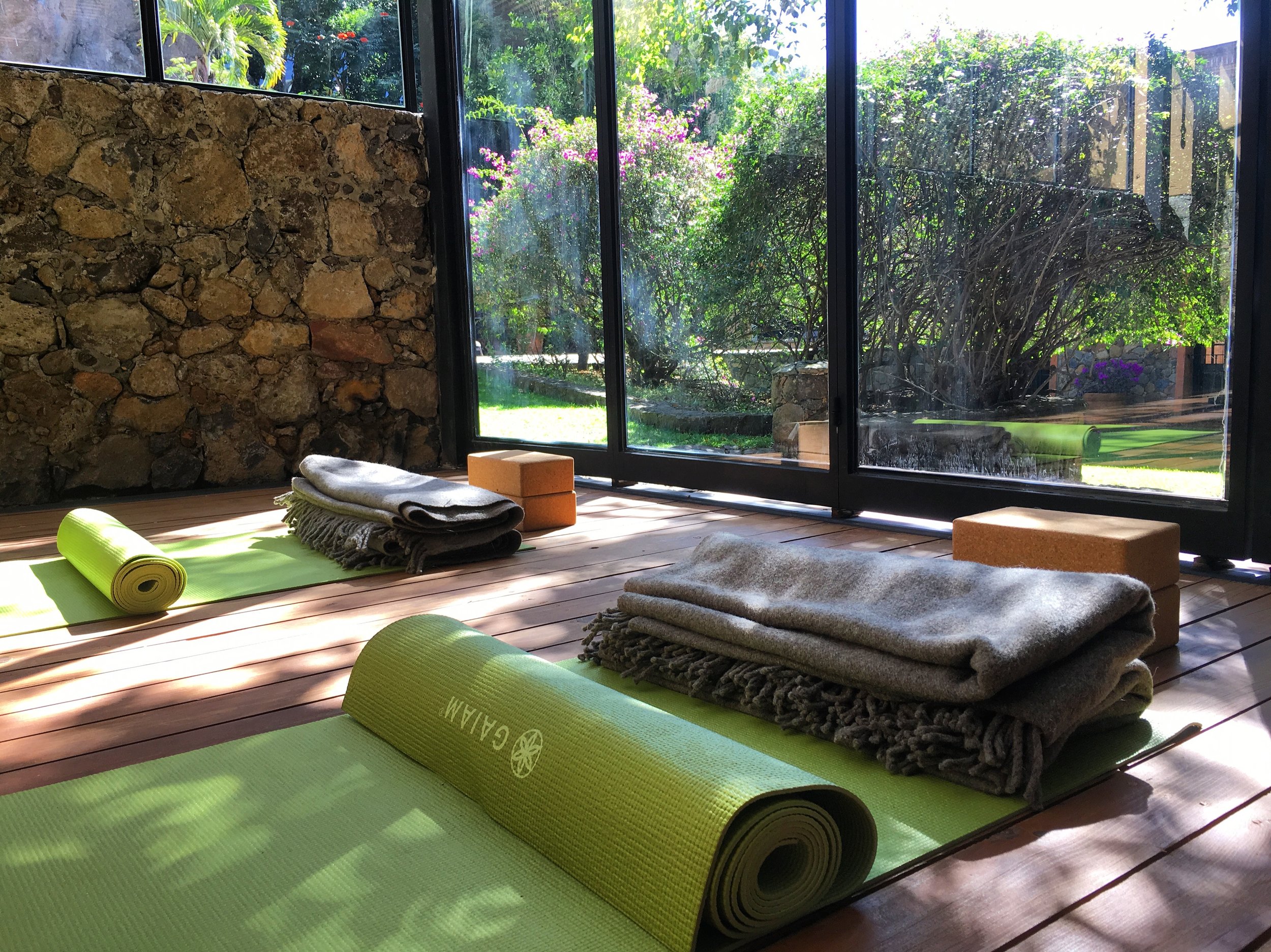Just as they govern the flowering and wilting of plants, the rhythms of day and night and the four seasons rule the waxing and waning of our biologic energies. These energies manifest in the three doshas—vata, pitta, and kapha—that determine our constitution and influence our overall well-being.
Have you ever found that you feel sluggish when you sleep late or that if you stay up too long you get the midnight munchies? Do you sometimes wake up at 4 a.m. feeling so agitated that you have a hard time falling back to sleep? Well, the principles of Ayurveda can explain not only what’s causing these problems but also what you can do about them.
Fatigue, cravings, emotional distress, and other troubling symptoms typically arise when doshas fall out of balance due to internal and external forces that disrupt our biological clock. Our bodies are designed to sleep, wake, and eat at specific times during the day. These times correspond to the rhythms of the natural world as well as to the dosha that predominates during those hours. When stress keeps us awake at night or a busy schedule keeps us from eating lunch or going to bed at a reasonable hour, the resulting doshic imbalances can lead to an assortment of health complaints, as well as a general sense of physical discomfort and psychological uneasiness. If the imbalance persists, it can even make us seriously ill.
Our body is constantly in search of homeostasis. It’s designed to seek balance in the midst of the many demands of the external world—from processing emotions experience to digesting food. Learning to work with the body’s internal rhythms enables us to go with its natural flow, instead of against it, ultimately reducing the stress on our tissues and slowing the overall process of degeneration. Knowledge of the doshas and their effects on us at different times of days is the key to unlocking the secret of sustainable health and vitality.
Every 4 hours over the course of a 24-hour day, one of the three doshas becomes dominant. Vata, pitta, and kapha each have unique qualities that influence our mind and body during the 4-hour intervals when it holds sway. Knowing this, we can sustain a balanced state of wellness across time by adopting specific practices that capitalize on the distinctive energies that predominate at various points in the 24-hour cycle.
Let’s begin with the vata time of day that occurs in the morning between 2 a.m. and 6 a.m. The hallmarks of this dosha’s constituents—air and ether—are clarity and mobility These characteristics align with receptivity to spiritual pursuits; thus, this time of day is perfect for practices such as meditation, prayer, chanting, and yoga. Performing sun salutations or repeating mantras or affirmations are great ways to quiet the mind after a night of restless or disturbed sleep, especially if you have a lot of vata in your nature.
It's also important to take care of your personal hygiene at this time of day. (See General Daily Routines Guidelines to find a supportive routine based on the dosha that governs your constitution.) Remember a successful daily routine is all about consistency and finding what works for you. Like practicing yoga and meditation, performing your daily self-care ritual during the hours dominated by vata will help keep you functioning at your peak throughout the entire day.
The next stage in the daily cycle is the kapha period extending from 6 a.m. to 10 a.m. This stage is associated with the stasis and heaviness of earth and water. Waking up at this time is apt to increase these qualities within you, making you feel sluggish and setting a slow pace for the rest of your day. This is why Ayurvedic teachings recommend getting up at around 5 a.m., when the predominance of vata will energize you and clear your head.
During the morning kapha period you should eat a light. well spiced breakfast. A big, hearty meal will only aggravate the feeling of low energy associated with this dosha. Eating a warming, light, and easily digestible breakfast supports healthy metabolic function by sustaining agni (digestive fire). If we think of agni as a campfire, the reasoning behind this practice becomes clear. This “campfire” has been burning all night and by dawn is running low on fuel. Consuming a large amount of cold or hard, heavy food shortly after waking not only undermines the balancing qualities of kapha but also equates to tossing great big logs on the dying embers of your campfire, thereby extinguishing it. What you want to do is add just enough kindling to reignite the fire and keep it burning steadily, thus counteracting the tendency of kapha energy to slow your metabolism.
This stage of the morning is also the best time for your daily exercise routine. Kapha gives strength and stamina for exercising, helping you build healthy tissues without exhausting your body. In fact, exercising at this time will energize you both physically and mentally for the day ahead. Working out late evening or toward bedtime is not recommended, as it can elevate body temperatures and disrupt sleep rhythms. A gentle walk after dinner is enough to help you maintain healthy blood flow without overstimulating your mind and body. Also avoid exercise from 10 a.m. to 2 p.m., the pitta time of day, when agni is primed for the task of digesting your main meal.
Kapha time gives way to pitta time beginning at 10 a.m. and continuing until 2 p.m. Composed of fire and water, pitta governs our mind and body during the hours of peak productivity—the time that the sun is highest in the sky and there’s more heat in the natural world. The fiery heat of this energy can fuel efficiency and advance our goals but needs to be carefully managed. In addition to avoiding direct exposure to the intense midday sun, you should steer clear of strenuous workouts at this time of day, especially if pitta dominates your nature. An overabundance of pitta can provoke symptoms of heartburn, skin rashes, or even flares of temper.
One of the best uses of this midday surge of pitta is digesting a substantial lunch. By maximizing agni, the heat energy of pitta enables us to easily break down complex foods like animal proteins and whole grains and absorb the nutrients they contain more readily. Our increased digestive fire at the time of day also helps us process and assimilate the thoughts and emotions that serve as food for our minds.
As the cycle continues, a second vata period occurs from 2 p.m. to 6 p.m. As with the morning vata time, this interval is governed by the elements air and space (ether). These dynamic elements are associated with creativity, flexibility, movement, and expansive thinking. While these qualities make this time of day suitable for artistic pursuits, problem solving, and communication, they can cause agitation or fatigue when they occur in excess. Consequently, individuals with a vata nature should take care to get adequate rest and avoid environments where harsh distractions like bright lights and loud noises can overstimulate their senses.
To prevent this delicate, unstable dosha from slipping out of balance, seek a serene environment and focus on grounding activities like curling up with a cup of herbal tea and a cozy afghan or catching a quick nap
When kapha time rolls around again at 6 p.m., its slow, heavy rhythms can help us wind down for the day and transition into a deep and restful sleep. To spare your body the task of digesting an overabundance of food, eat a light, early dinner. Otherwise you might end up with a case of indigestion that keeps you tossing and turning all night.
As bedtime approaches engage in activities that subdue your nervous systems—gentle yoga moves like hero pose and cat/cow, sipping steamed spiced milk, or listening to soothing music. Turn off the TV, and keep conversations light to avoid arousing strong emotions or causing your mind to race in circles or dwell on problems.
Hopefully, you’ll be sound asleep by 10 p.m., when pitta takes over again. This time of night harnesses powerful pitta energy to reset metabolic functions and cleanse and restore the body. If you’re still awake, your heightened agni may send you to the refrigerator in search of a late-night snack. More seriously, you will be missing out on a vital period of restorative rest. That lapse can cause ama (undigested food, cellular wastes, environmental toxins, etc.) to accumulate in the body, leading to multiple health issues.
Modern chronobiologists confirm the ancient Ayurvedic wisdom of living in harmony with our body’s natural rhythms. Their research shows that these rhythms can affect the severity of disease symptoms, diagnostic test results, and the safety and effectiveness of medications. It’s not surprising then that when a chaotic lifestyle disrupts the natural ebb and flow of our biologic energies, our bodies fall prey to modern afflictions like obesity, insomnia, and diabetes. Ayurveda teaches us how to avoid these problems and achieve balanced health by incorporating its understandings of the doshas and how they rule the course of our everyday life
See Related Articles
Disclaimer
The sole purpose of these articles is to provide information about the tradition of Ayurveda. This information is not intended for use in the diagnosis, treatment, cure or prevention of any disease





















